13 Baby Products from the Past That Were Actually Health Hazards

What if I told you that some baby products from the past were more like ticking time bombs than comforting companions? As parents tucked in their little ones, certain items lurked in nurseries, whispering danger. This is a journey through a whimsical yet unsettling tour of these bygone products.
Be prepared for a rollercoaster of revelations, chuckles, and a few gasps—because these are tales stranger than fiction.
1. Lead-Based Cribs

Lead-based cribs were once the norm, making bedtime a hazardous affair. Encased in toxic paint, these cribs were less about sweet dreams and more about silent risks.
Imagine lulling your baby to sleep in a pastel-colored cage of danger. The irony? Parents believed them to be the pinnacle of safety! However, as research began to unveil the perils of lead exposure, the cribs faced their demise, leaving behind stories of caution and change.
2. Asbestos Baby Powder
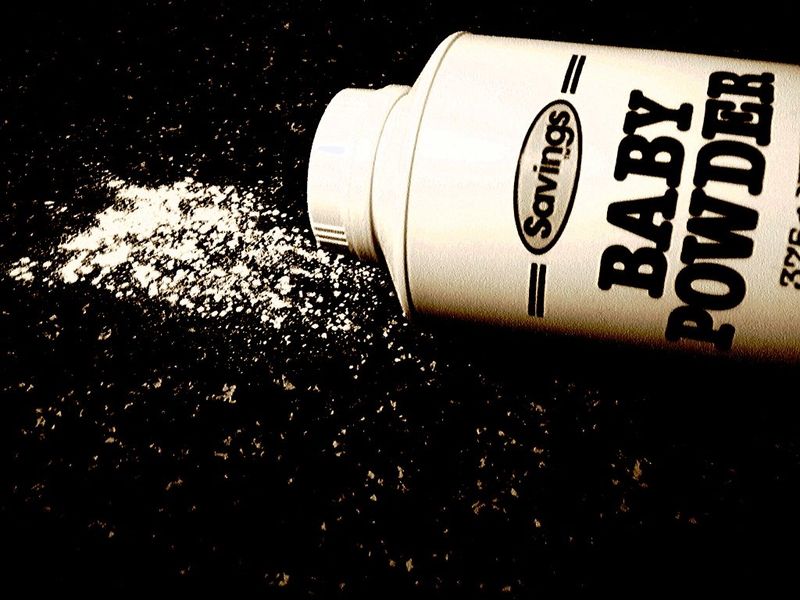
How about a sprinkle of asbestos to keep that diaper rash at bay? Once hailed as an innovation, asbestos baby powder added a dash of danger to nursery routines. Though it promised silky skin, it delivered a health risk instead.
Did you know? Asbestos is now known for causing respiratory harm, but back then, it was a trusted household name. Thankfully, those days are behind us.
3. Mercury-Containing Thermometers
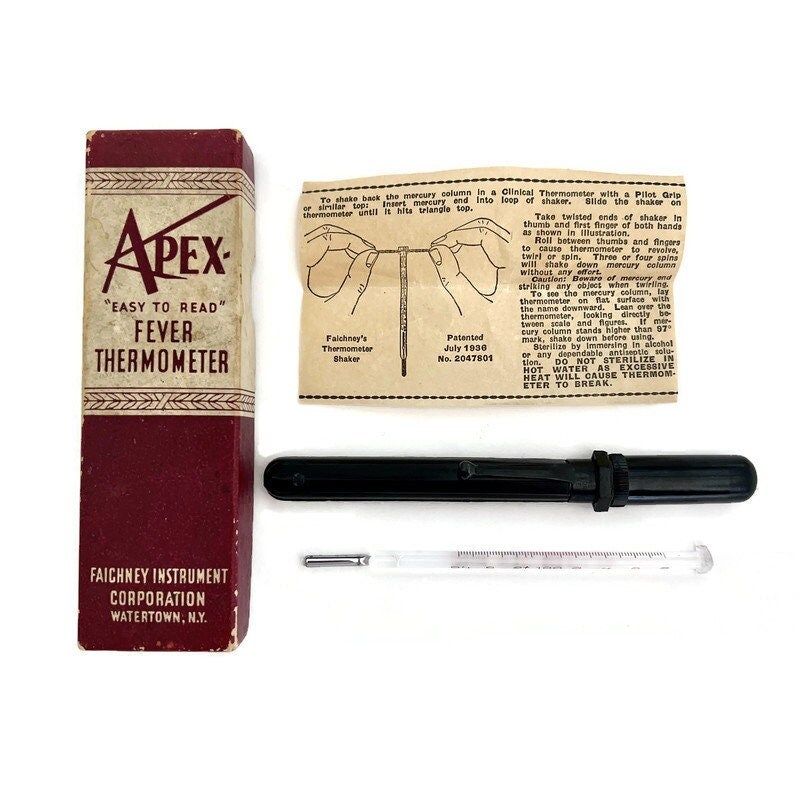
What if I told you a simple fever check could unleash a toxic threat? Mercury-containing thermometers were once a staple in every parent’s toolkit. Tiny glass tubes filled with shimmering, perilous mercury were trusted with a child’s health.
Though the intent was noble, the execution was risky. One accidental drop, and parents faced a hazardous cleanup. Today, digital thermometers have replaced these relics, ensuring that fever checks no longer come with a side of chemical calamity.
4. Plastic Teethers with Phthalates
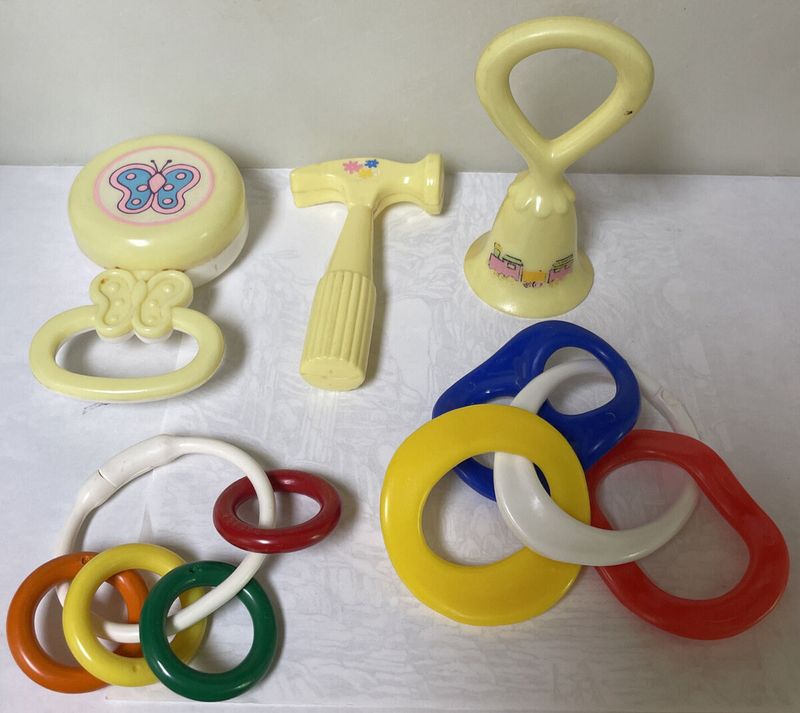
Teething troubles? These colorful chewers were a staple in every diaper bag, masking a hidden health hazard.
Who knew that a parent’s best friend in soothing sore gums was also a chemical culprit? Phthalates, known for their role in plastics, raised concern for hormonal health.
As awareness grew, parents traded in these toxic toys for safer silicone alternatives, proving that sometimes less color means more safety.
5. Drop-Side Cribs
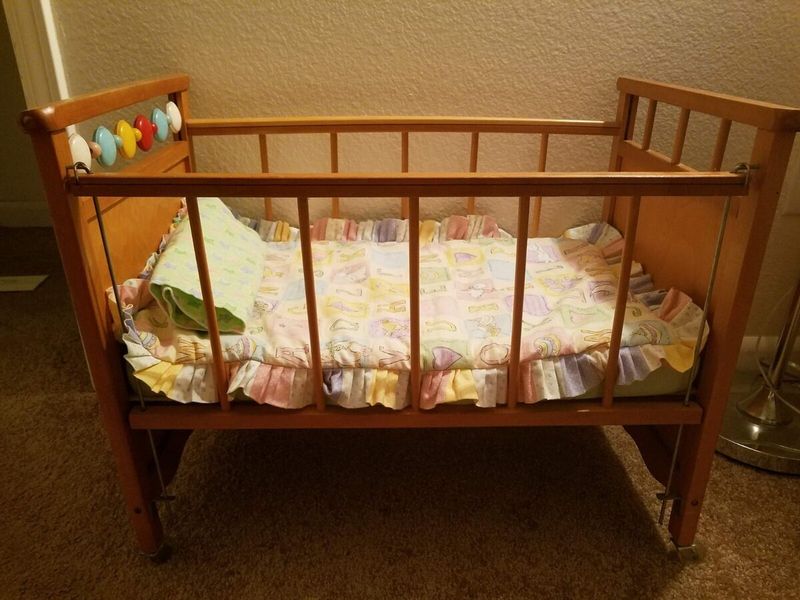
Once the darling of nursery design, drop-side cribs were a convenience with a catch. The sliding rail was a shortcut to disaster, leading to unintended entrapments.
Picture a crib that moonlights as a Houdini trap, with infants finding themselves stuck in precarious positions. The allure of easy access was overshadowed by safety recalls.
Nowadays, cribs are built with fixed sides, offering peace of mind where drop-sides once reigned.
6. Baby Walkers with Wheels
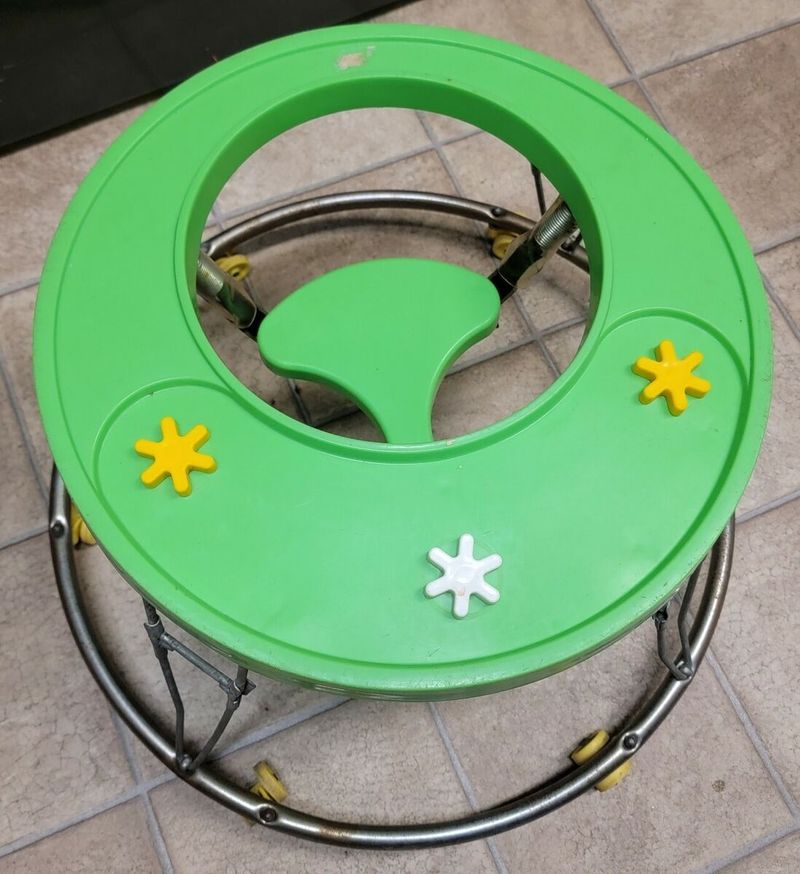
Rolling into your living room, these wheeled baby walkers promised mobility but delivered mishaps. Designed to keep babies on the move, they often took them straight to danger zones.
Despite their popularity, the risks outweighed the rewards. Thankfully, safety standards have since tightened, ensuring that today’s walkers stay grounded, keeping little explorers safe and sound.
7. Baby Harnesses with No Safety Standards

Ever seen a baby on a leash? Those the baby harnesses that lacked safety standards, turning walk time into a risky escapade. These harnesses seemed like a good idea until reality kicked in with unexpected tangles.
Without proper regulations, they became unpredictable tools of toddler transportation. Parents soon realized that keeping tabs on little ones needed more than a simple strap.
Nowadays, harnesses are designed with safety in mind, ensuring that walk time remains a joy, not a jiggle.
8. Metal Baby Bottle Caps

Once upon a time, metal baby bottle caps sealed bottles and hopes, but they also invited rust and danger. Picture rust flakes mingling with milk—not exactly a recipe for health!
While they kept bottles tightly closed, they also introduced an element of risk. It wasn’t long before plastic caps took over, sealing bottles with a promise of safety and rust-free sipping.
9. Glass Baby Bottles
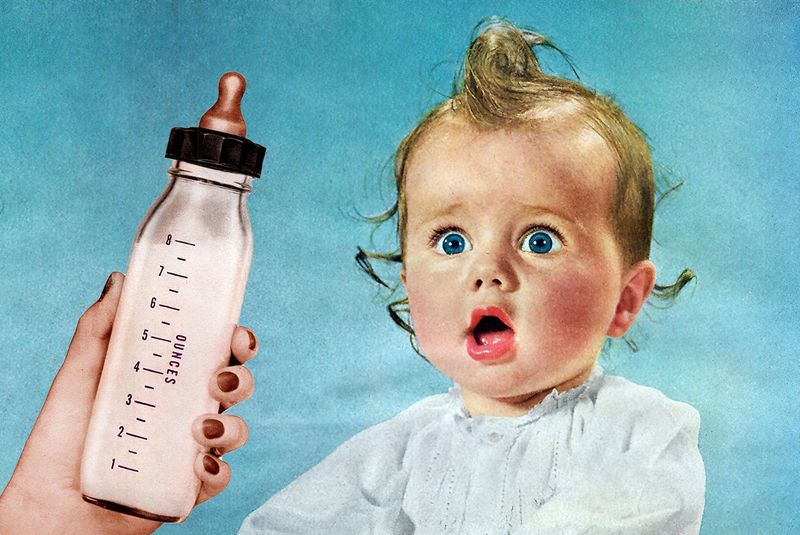
How about a bottle that doubles as a potential projectile? Glass baby bottles were once the go-to choice, offering clarity and breakability all in one.
Parents cherished their see-through simplicity until the inevitable happened—a shatter heard ’round the nursery! As safer materials emerged, glass gradually vanished from diaper bags, giving way to shatterproof solutions.
Today, feeding is as smooth as the bottles themselves, with no sharp surprises.
10. Lead-Tainted Toys
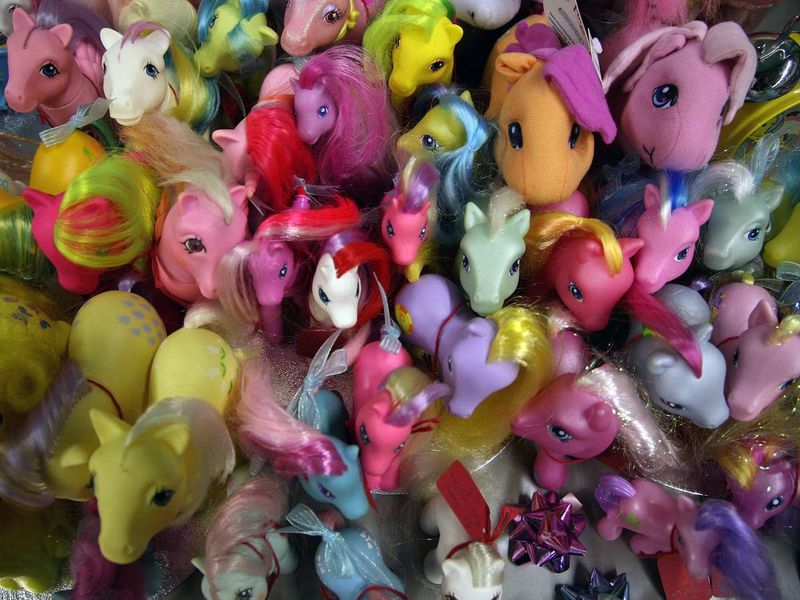
In the colorful realm of baby’s first toys, lead-tainted playthings brought a splash of danger. Painted in vivid hues, they entertained and endangered in equal measure.
Unaware of the hidden threat, parents watched as little ones chewed and explored. Luckily, awareness sparked change, and toys underwent transformations to meet safety standards.
Nowadays, toys still captivate but with an assurance of safety, leaving lead in the dust of history.
11. Flammable Sleepwear
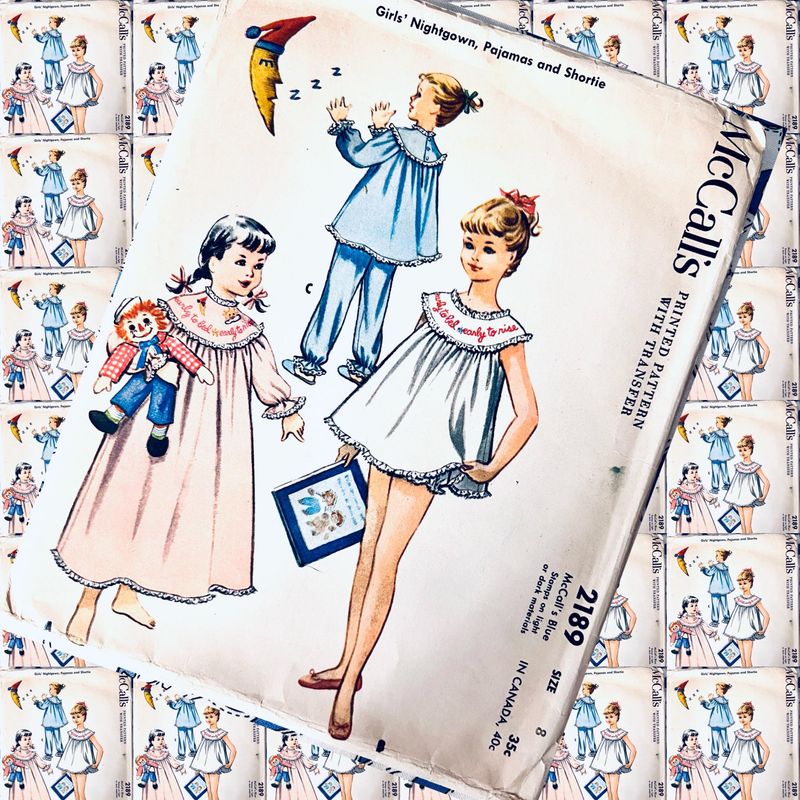
Imagine sleepwear that sparks more than dreams! Flammable baby pajamas once posed a fiery risk, as bedtime stories met safety scares.
Back then, fire-resistant fabrics were a distant thought, making every tuck-in a potential trial by fire. As standards evolved, sleepwear transformed into a haven of safety, ensuring that bedtime is a peaceful affair.
12. Baby Oil with Mineral Oil
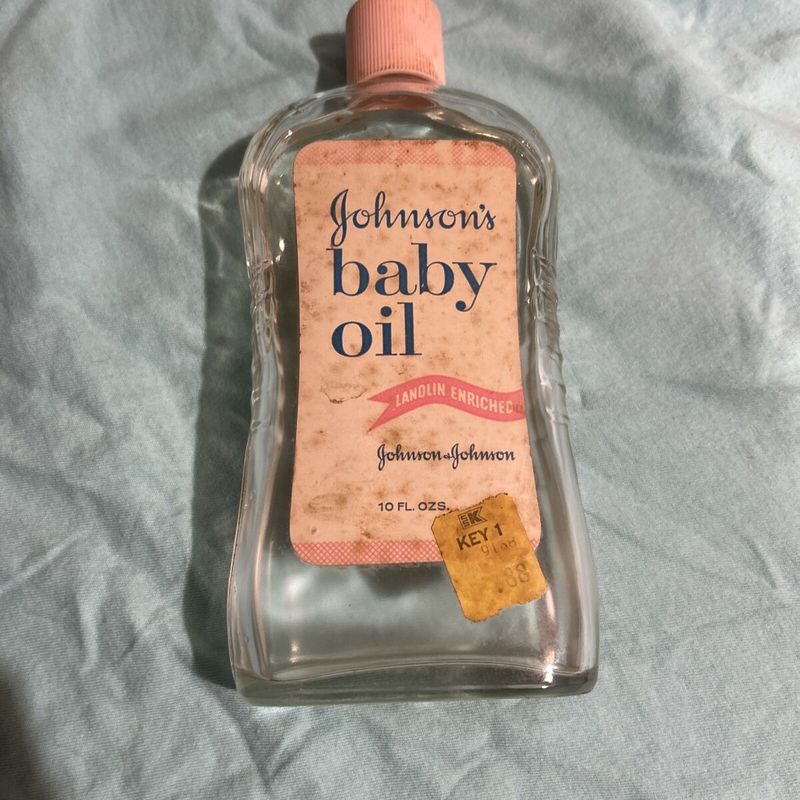
What’s in a drop of baby oil? Back in the day, mineral oil reigned supreme in nurseries, offering smoothness with a slippery slope towards health concerns.
Though it promised gentle care, mineral oil was linked to skin irritation and inhalation risks. Parents soon swapped it for nourishing alternatives, keeping baby’s skin as soft as a lullaby.
Now, baby care is all about natural ingredients, leaving mineral oil to history’s archives.
13. Wooden High Chairs with Lead Paint
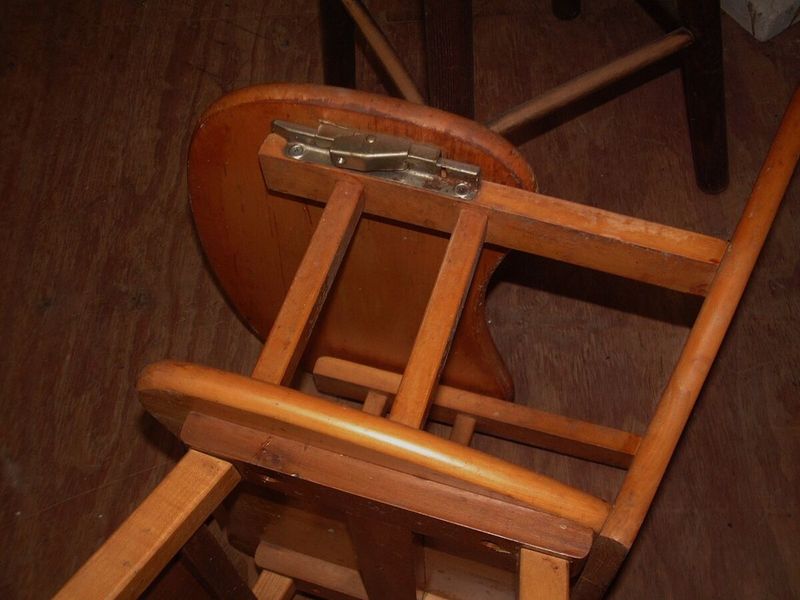
Sitting in style came with a caveat—wooden high chairs adorned in lead paint. While they promised durability, they also courted danger with every bite.
As knowledge about lead’s risks expanded, so did the demand for safer seating. Today’s high chairs combine style and safety, ensuring mealtime is about nutrition, not noxious nibbling.
